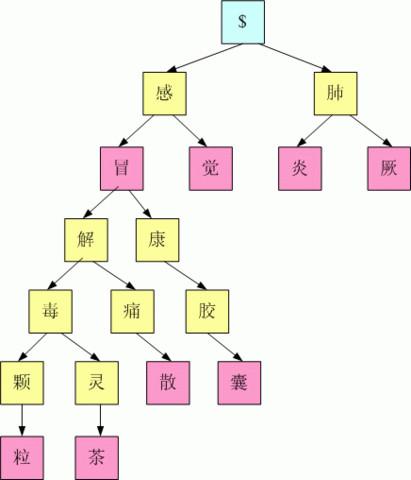Current research on the advantages and trade-offs of using characters, instead of tokenized text, as input for deep learning models, has evolved substantially. New token-free models remove the traditional tokenization step; however, their efficiency remains unclear. Moreover, the effect of tokenization is relatively unexplored in sequence tagging tasks. To this end, we investigate the impact of tokenization when extracting information from documents and present a comparative study and analysis of subword-based and character-based models. Specifically, we study Information Extraction (IE) from biomedical texts. The main outcome is twofold: tokenization patterns can introduce inductive bias that results in state-of-the-art performance, and the character-based models produce promising results; thus, transitioning to token-free IE models is feasible.
翻译:当前有关使用字符而非标记文本作为深度学习模型输入的优势和折衷方案的研究已经取得了实质性进展。新的无标记模型消除了传统的分词步骤,但它们的效率仍不清晰。此外,在序列标记任务中,分词的影响相对未被探究。因此,我们研究了从文档中提取信息时分词的影响,并对基于子词和基于字符的模型进行了比较研究和分析。具体而言,我们研究了从生物医学文本中进行信息提取的问题。主要结果如下:分词模式可能会引入归纳偏差,从而产生最先进的性能。对于基于字符的模型产生了有希望的结果。因此,向无标记信息提取模型的转换是可行的。


